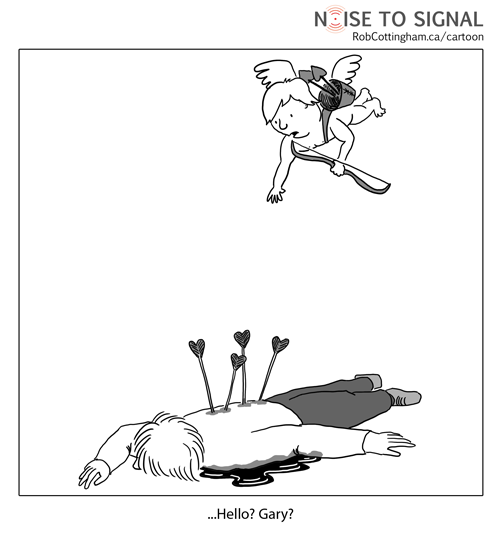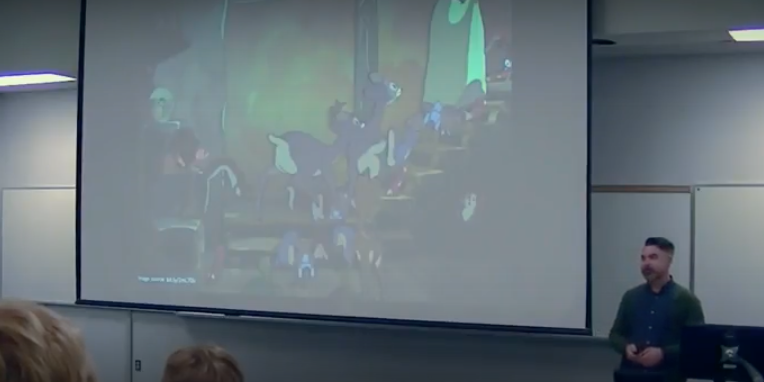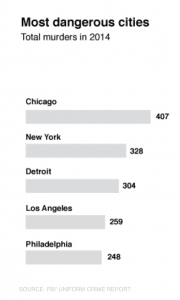Use of debates about LGBTQ+ in ELT materials
Earlier this month I gave a talk entitled The ongoing struggle for LGBTQ inclusivity in ELT at a local conference. I talked about the absence of LGBTQ community in ELT course materials, portrayal when included, reasons and attitudes that contribute to both, and examples of some widely-available resources. The goal was to raise awareness of these areas, and consider how materials design can in some cases unintentionally exclude LGBTQ+ members of the classroom. The premise to the talk included the assumption that those attending were:
- interested in fostering an inclusive environment for LGBTQ+ community in the classroom;
- unsure if materials they used in class that included (or not) LGBTQ+ community did so or not; and/or
- unfamiliar with how to go about creating this inclusivity.
One participant at this talk asked me something along these lines: Isn’t discussing gay marriage (or I suppose any of these things) a valid debate to have with students from countries where everything LGBTQ is illegal? Shouldn’t we allow them to discuss their ideas in the safe environment of the language learning classroom?









